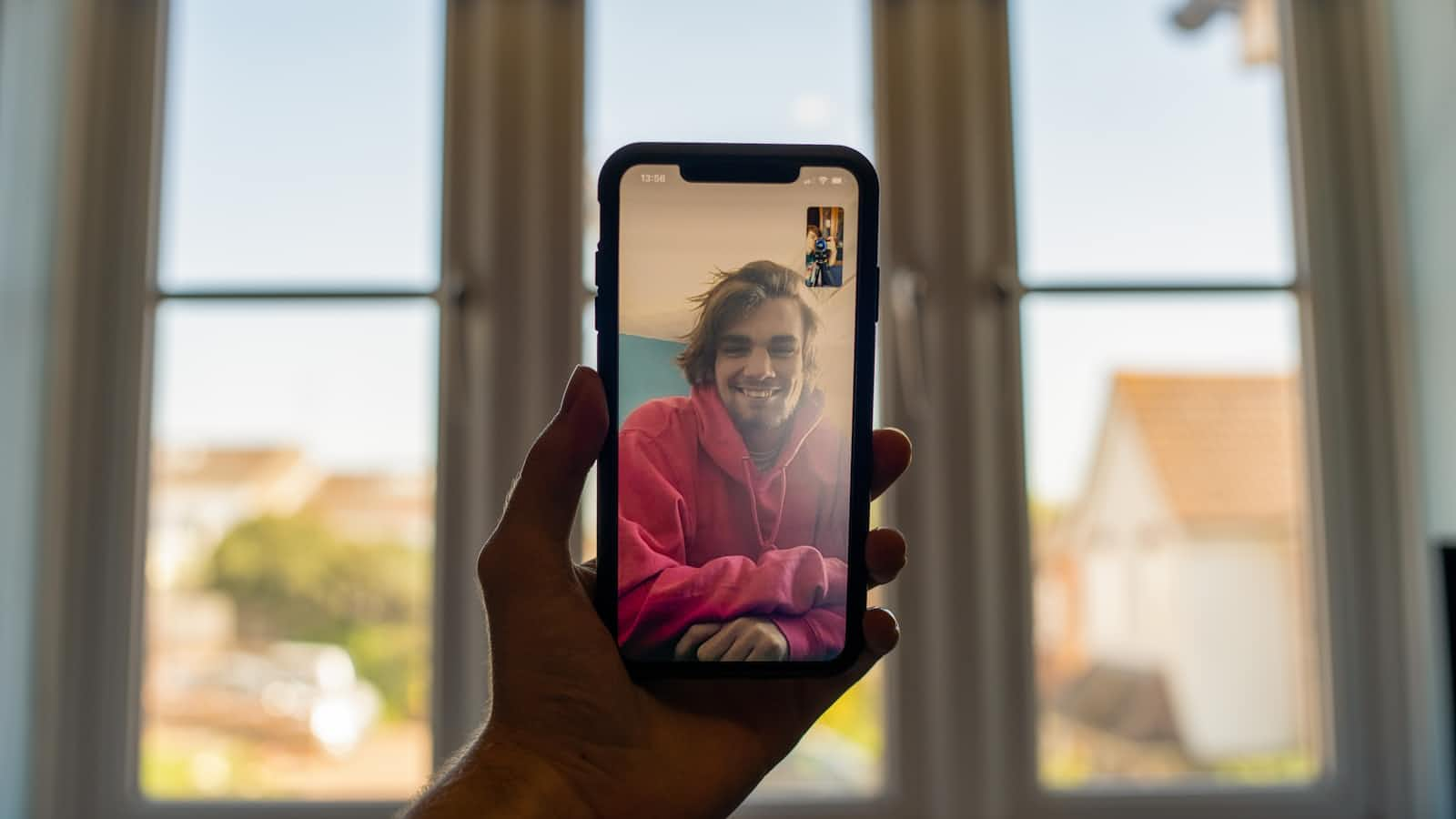How to Make Your Digital World Work for Your Language Learning Goals
 Gustavo Becelli
Gustavo Becelli
As I shared in my article about my journey learning foreign languages, one radical decision that significantly impacted my progress was choosing to primarily consume content in my target language. This immersion strategy became the backbone of my learning process.
When I first started, I didn’t know exactly how to go about it. Over time, however, I developed techniques that worked for me, and I like to keep things simple.
The Most Well-Known Tip
One of the most common and effective tips is to change your phone and other devices to your target language. If you don’t consistently engage with your target language, you won’t learn it. It’s as simple as that! No course can teach you to speak or understand a language fluently in just a few hours—if one claims to, please, show me!
I understand this can be challenging, especially depending on the language. For example, someone who speaks a Western language(like those derived from Latin, such as Spanish or French, or Germanic, such as English or German) will find it much harder to learn Eastern languages. The alphabet system alone makes a significant difference—Kanji or Cyrillic characters can seem overwhelming at first. But with time, you’ll start noticing patterns and learning them naturally.
Leveraging Technology
As a software engineer and computer scientist, I know (and it’s common knowledge today) that every interaction you have online shapes the content you receive. So, avoiding content in your native language and engaging with your target language is crucial. Even better, creating separate profiles for specific target content can help. For example, you can have a YouTube profile solely for Japanese songs or another for Spanish content. This approach also works for specific topics, like religion, professional fields, or hobbies.
Personally, I prefer to keep things simple. I don’t switch profiles on my phone, but I do use different social media platforms for different target content. I interact only with content related to my learning goals, even though skipping entertaining material in my native language can be tough. On my PC, however, I have separate profiles for distinct types of content consumption.
Tailoring Content to Your Target Language and Region
Now, let’s take this a step further. Imagine you want to learn Spanish, but specifically Argentinian Spanish, focusing on the culture and dialect of Rosario. Where do you start?
Naturally, you’d search for related content—but most of what you find will likely be in your native language. That’s not what you want! To truly immerse yourself, you need to "mock" being a citizen of that region. Here are three techniques I use to achieve this:
Change Your Device Language to Your Target Language
I know I’ve mentioned this already, but it’s vital. When you change your device language, many apps and websites use this information (sent by your browser) to tailor content. For instance, if your browser is set to Chinese, Google may suggest searching in Chinese. Accepting this prompt changes your default language, ensuring you receive more targeted recommendations.Change Your Location to Your Target Country
This can be a bit trickier depending on your device, but it’s doable. For desktop browsers, you can install extensions that simulate your location. While I won’t recommend a specific one, make sure to choose reputable options with open-source code if possible. These extensions "trick" websites like Google and other websites that use your location into thinking you’re in your target region, helping you discover local content.Change Your IP Address Using a VPN
Using a VPN is another effective method to "relocate" virtually. Whether paid or free, VPNs amplify the other techniques by masking your real location and providing an IP address from your target country. This also lets you access region-restricted content. Just be cautious when choosing a VPN provider—some free and even paid options may carry risks like malware or privacy issues.
There are other minor adjustments you can make, such as changing your device's timezone to match your target region. However, this usually has limited benefits and can lead to inconveniences, like misaligned schedules. That said, if your target language’s timezone aligns with your routine, it might be worth considering.
Another unusual but potentially helpful tip is using a SIM card from your desired country. While it might seem odd, some apps—like TikTok—use your SIM card’s region to tailor or even unrestrict the content they show you.
Finding High-Quality Content
Finding good content can feel like hunting for hidden gems. While you can use search tools, ChatGPT, or other AI services to help, much depends on your personal interests. One resource I found useful is the Refold Method Documents, where learners share curated content based on proficiency levels. I didn’t use it extensively, but it’s worth exploring.
That’s It! If you liked the techniques I shared, have questions, or want to share your own strategies, feel free to leave a comment! I’d love to hear about your language-learning journey.
Happy learning!
Subscribe to my newsletter
Read articles from Gustavo Becelli directly inside your inbox. Subscribe to the newsletter, and don't miss out.
Written by

Gustavo Becelli
Gustavo Becelli
A developer from Brazil who enjoys creating elegant and performant (for the homies, blazingly fast) code.